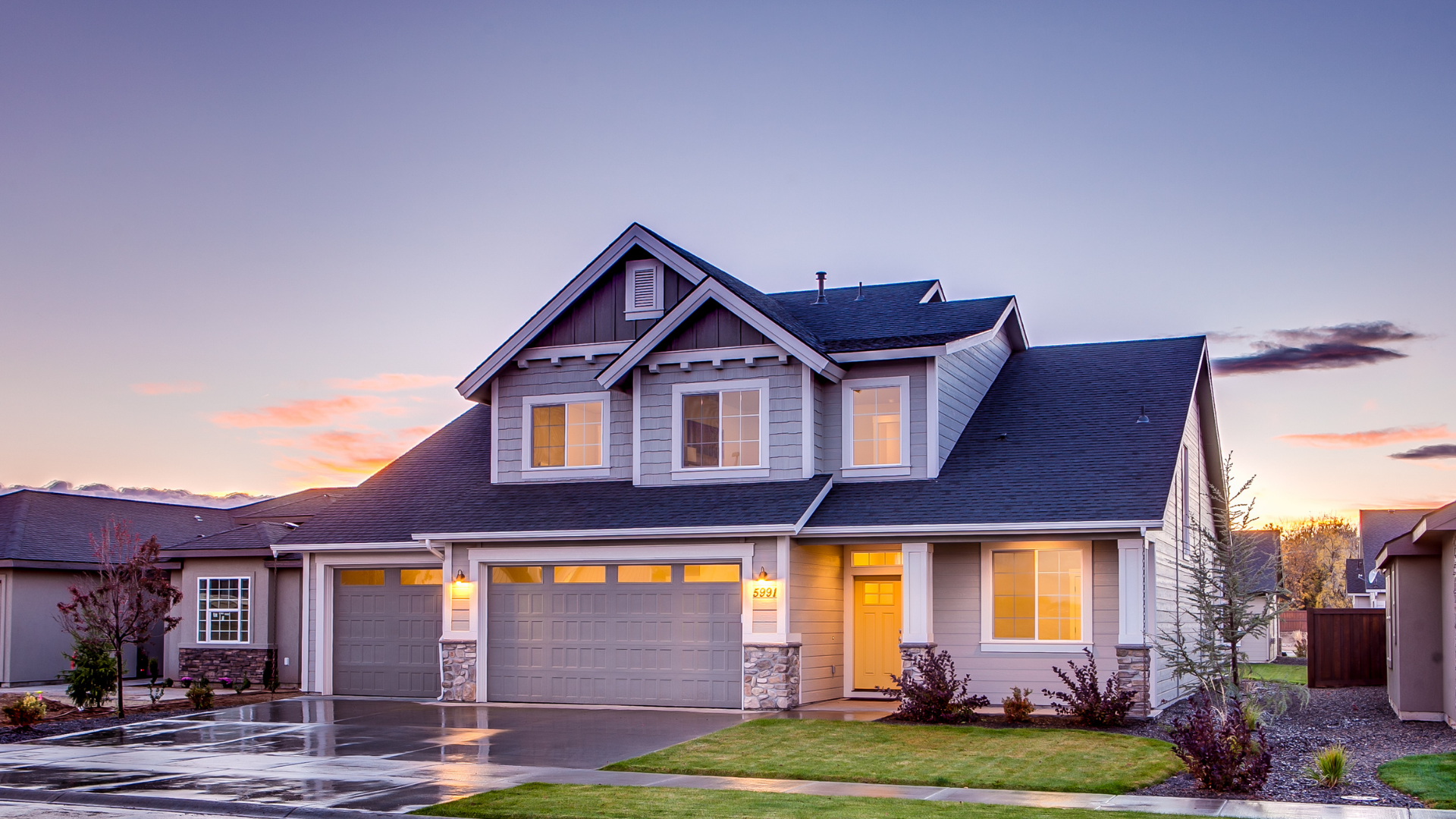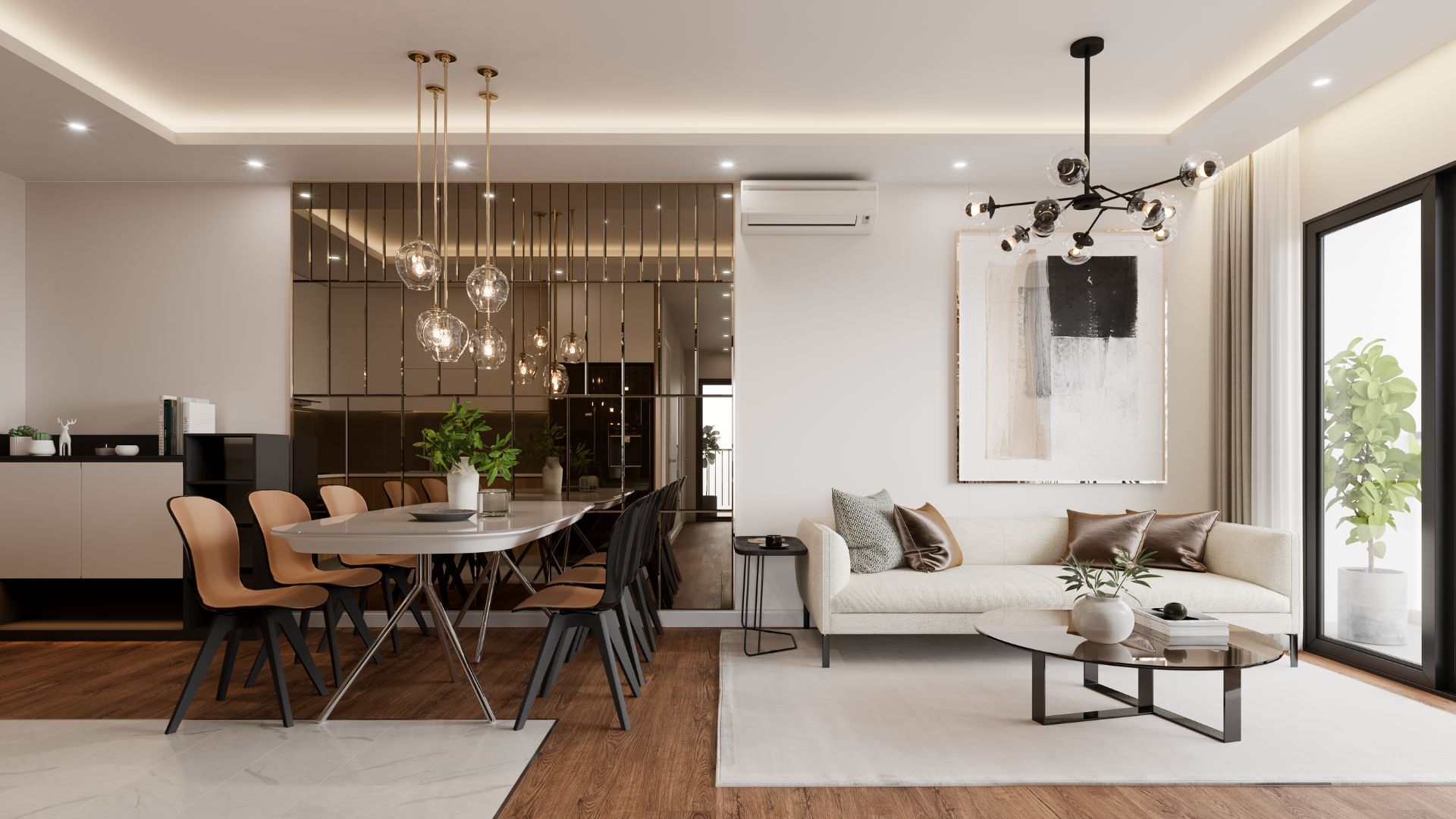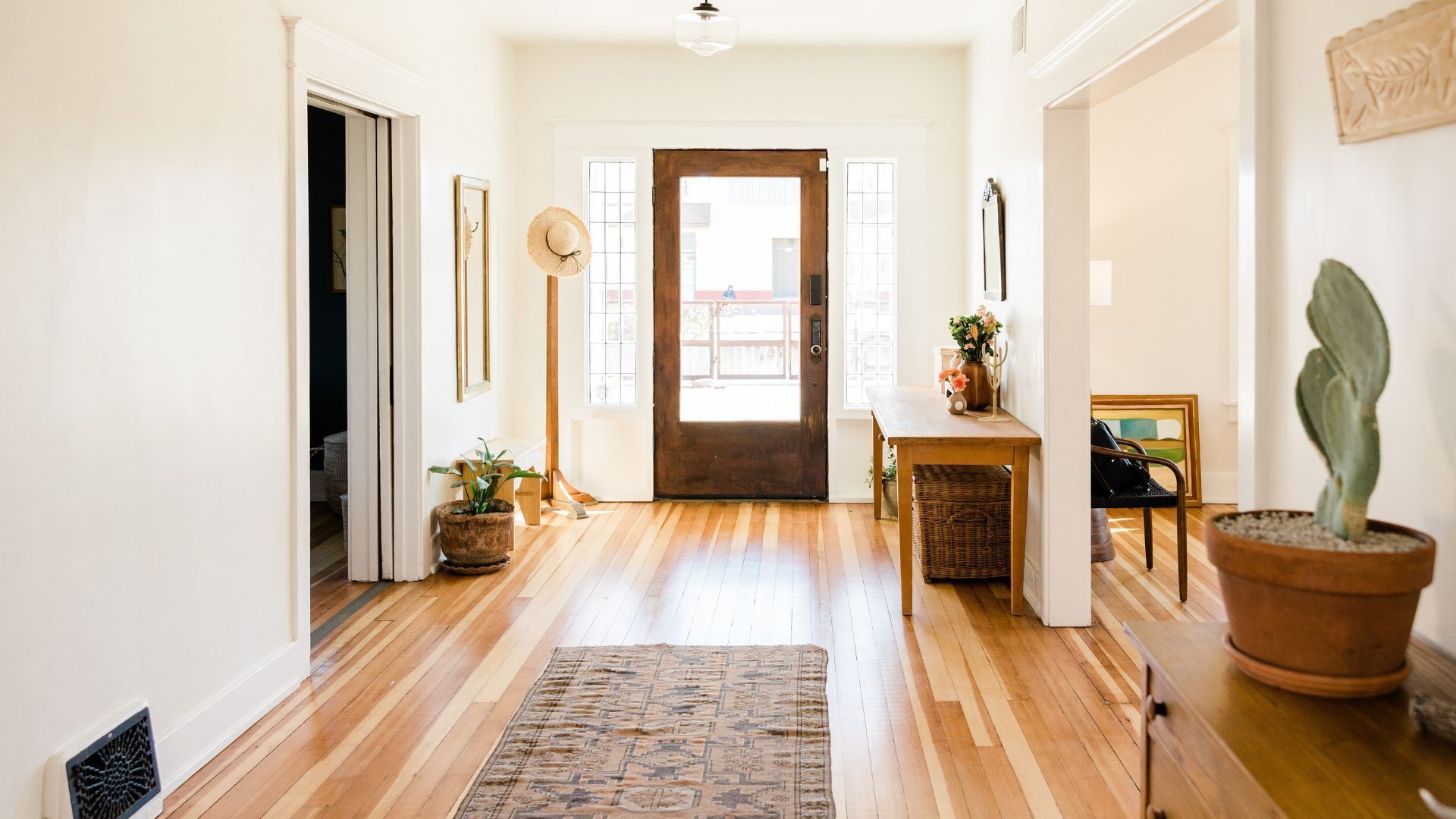Planning Ahead, A Guide to Mortgage Documentation
Joe Tomkins • February 3, 2021

It doesn’t matter if you are looking to purchase your first home, your next home, or your twentieth home; typically the mortgage documentation required to secure financing will be the same. The earlier on in the process you can collect these documents, and provide them to your broker, the better.
So here we go, here is a list of the most common documents that will be required to secure mortgage financing.
Income Verification
Letter of Employment
- Written on company letterhead with a current date, your letter of employment should have your name, start date, position, and list whether you are full or part-time. It should also indicate your salary or the minimum guaranteed hours/week & hourly rate. The letter should be signed with the best contact information to allow for a verbal confirmation.
Pay Stub or Direct Deposit Form
- This will confirm your income, and should match what is written on the letter of employment.
T4 Slips
- Typically your last two years T4s should work.
Notice of Assessments
- Your previous two years of NOAs will help to establish your annual income. We will be looking at your line 150.
Financial Statements
- If you happen to be self-employed, having three years of financial statements or T1 Generals will be required.
Down Payment Verification
Bank Statements
- 90 days of bank statements are required to show that you have had the downpayment in your possession or have accumulated the funds through payroll deposits. You will want to make sure that your name and account number appear on the statements.
Gift Letter
- If all or part of the downpayment is coming by way of a gift, you will have to provide a letter signed by you and the person gifting the money. The amount written on the gift letter will have to be deposited to your bank and substantiated on the bank statements.
RRSP Statements
- If part of your downpayment is coming by way of RRSP, you will be required to provide a 90-day history from your RRSP account. If you are using the Home Buyers Plan, there will be an additional form to complete.
Agreement of Purchase and Sale
- If your downpayment is coming by way of a sale of another property, the contract indicating the sale price, and your current mortgage statement will prove the equity to be used for the downpayment.
Property Details
MLS Listing
- If you are purchasing a property through a Realtor, please have a copy of the MLS listing so we can verify the property details.
Purchase and Sales Agreement
- If you already have an accepted offer, please provide a copy of the purchase and sales agreement including all amendments and counteroffers.
Survey
- If you have one, send it along, if not, no worries.
Property Tax Assessment
- If you don’t have a copy of the most recent property tax assessment, one can usually be found on the local municipality/city website. The most recent assessment will be required.
Other Documentation
Solicitor or Notary Information
- Please provide the name of your lawyer/notary, the firm, and their contact information.
Mortgage Statement
- If you are doing a mortgage refinance, please provide a copy of your current mortgage statement.
VOID Bank Cheque
- This is the account that your mortgage payments will be withdrawn from. A pre-authorized debit form works just as well.
As each mortgage is different, the documentation to satisfy each mortgage will vary somewhat. This list is a great place to start, but please know that more documentation may be required depending on your specific financial situation.
If you have any questions, please don’t hesitate to contact me anytime!

Why the Cheapest Mortgage Isn’t Always the Smartest Move Some things are fine to buy on the cheap. Generic cereal? Sure. Basic airline seat? No problem. A car with roll-down windows? If it gets you where you're going, great. But when it comes to choosing a mortgage? That’s not the time to cut corners. A “no-frills” mortgage might sound appealing with its rock-bottom interest rate, but what’s stripped away to get you that rate can end up costing you far more in the long run. These mortgages often come with severe limitations—restrictions that could hit your wallet hard if life throws you a curveball. Let’s break it down. A typical no-frills mortgage might offer a slightly lower interest rate—maybe 0.10% to 0.20% less. That could save you a few hundred dollars over a few years. But that small upfront saving comes at the cost of flexibility: Breaking your mortgage early? Expect a massive penalty. Want to make extra payments? Often not allowed—or severely restricted. Need to move and take your mortgage with you? Not likely. Thinking about refinancing? Good luck doing that without a financial hit. Most people don’t plan on breaking their mortgage early—but roughly two-thirds of Canadians do, often due to job changes, separations, relocations, or expanding families. That’s why flexibility matters. So why do lenders even offer no-frills mortgages? Because they know the stats. And they know many borrowers chase the lowest rate without asking what’s behind it. Some banks count on that. Their job is to maximize profits. Ours? To help you make an informed, strategic choice. As independent mortgage professionals, we work for you—not a single lender. That means we can compare multiple products from various financial institutions to find the one that actually suits your goals and protects your long-term financial health. Bottom line: Don’t let a shiny low rate distract you from what really matters. A mortgage should fit your life—not the other way around. Have questions? Want to look at your options? I’d be happy to help. Let’s chat.

In recent years, housing affordability has become a significant concern for many Canadians, particularly for first-time homebuyers facing soaring prices and strict mortgage qualification criteria. To address these challenges, the Canadian government has introduced several housing affordability measures. In this blog post, we'll examine these measures and their potential implications for homebuyers. Increased Home Buyer's Plan (HBP) Withdrawal Limit Effective April 16, the Home Buyer's Plan (HBP) withdrawal limit will be raised from $35,000 to $60,000. The HBP allows first-time homebuyers to withdraw funds from their Registered Retirement Savings Plan (RRSP) to use towards a down payment on a home. By increasing the withdrawal limit, the government aims to provide young Canadians with more flexibility in saving for their down payments, recognizing the growing challenges of entering the housing market. Extended Repayment Period for HBP Withdrawals In addition to increasing the withdrawal limit, the government has extended the repayment period for HBP withdrawals. Individuals who made withdrawals between January 1, 2022, and December 31, 2025, will now have five years instead of two to begin repayment. This extension provides borrowers with more time to manage their finances and repay the withdrawn amounts, alleviating some of the immediate financial pressures associated with using RRSP funds for a down payment. 30-Year Mortgage Amortizations for Newly Built Homes Starting August 1, 2024, first-time homebuyers purchasing newly built homes will be eligible for 30-year mortgage amortizations. This change extends the maximum mortgage repayment period from 25 years to 30 years, resulting in lower monthly mortgage payments. By offering longer amortization periods, the government aims to increase affordability and assist homebuyers in managing their housing expenses more effectively. Changes to the Canadian Mortgage Charter The government has also introduced changes to the Canadian Mortgage Charter to provide relief to homeowners facing financial challenges. These changes include early mortgage renewal notifications and permanent amortization relief for eligible homeowners. By implementing these measures, the government seeks to support homeowners in maintaining affordable mortgage payments and mitigating the risk of default during times of financial hardship. The recent housing affordability measures announced by the Canadian government are aimed at addressing the challenges faced by homebuyers in today's market. These measures include increasing withdrawal limits, extending repayment periods, and offering longer mortgage amortizations. The goal is to make homeownership more accessible and affordable for Canadians across the country. As these measures come into effect, it's crucial for homebuyers to stay informed about the changes and their implications. Consulting with a mortgage professional can help individuals explore their options and make informed decisions about their housing finances. If you're interested in learning more about these changes and how they may affect you, please don't hesitate to connect with us. We're here to walk you through the process and help you consider all your options and find the one that makes the most sense for you.

Dreaming of owning your first home? A First Home Savings Account (FHSA) could be your key to turning that dream into a reality. Let's dive into what an FHSA is, how it works, and why it's a smart investment for first-time homebuyers. What is an FHSA? An FHSA is a registered plan designed to help you save for your first home taxfree. If you're at least 18 years old, have a Social Insurance Number (SIN), and have not owned a home where you lived for the past four calendar years, you may be eligible to open an FHSA. Reasons to Invest in an FHSA: Save up to $40,000 for your first home. Contribute tax-free for up to 15 years. Carry over unused contribution room to the next year, up to a maximum of $8,000. Potentially reduce your tax bill and carry forward undeducted contributions indefinitely. Pay no taxes on investment earnings. Complements the Home Buyers’ Plan (HBP). How Does an FHSA Work? Open Your FHSA: Start investing tax-free by opening your FHSA. Contribute Often: Make tax-deductible contributions of up to $8,000 annually to help your money grow faster. Withdraw for Your Home: Make a tax-free withdrawal at any time to purchase your first home. Benefits of an FHSA: Tax-Deductible Contributions: Contribute up to $8,000 annually, reducing your taxable income. Tax-Free Earnings: Enjoy tax-free growth on your investments within the FHSA. No Taxes on Withdrawals: Pay $0 in taxes on withdrawals used to buy a qualifying home. Numbers to Know: $8,000: Annual tax-deductible FHSA contribution limit. $40,000: Lifetime FHSA contribution limit. $0: Taxes on FHSA earnings when used for a qualifying home purchase. In Conclusion A First Home Savings Account (FHSA) is a powerful tool for first-time homebuyers, offering tax benefits and a structured approach to saving for homeownership. By taking advantage of an FHSA, you can accelerate your journey towards owning your first home and make your dream a reality sooner than you think.

